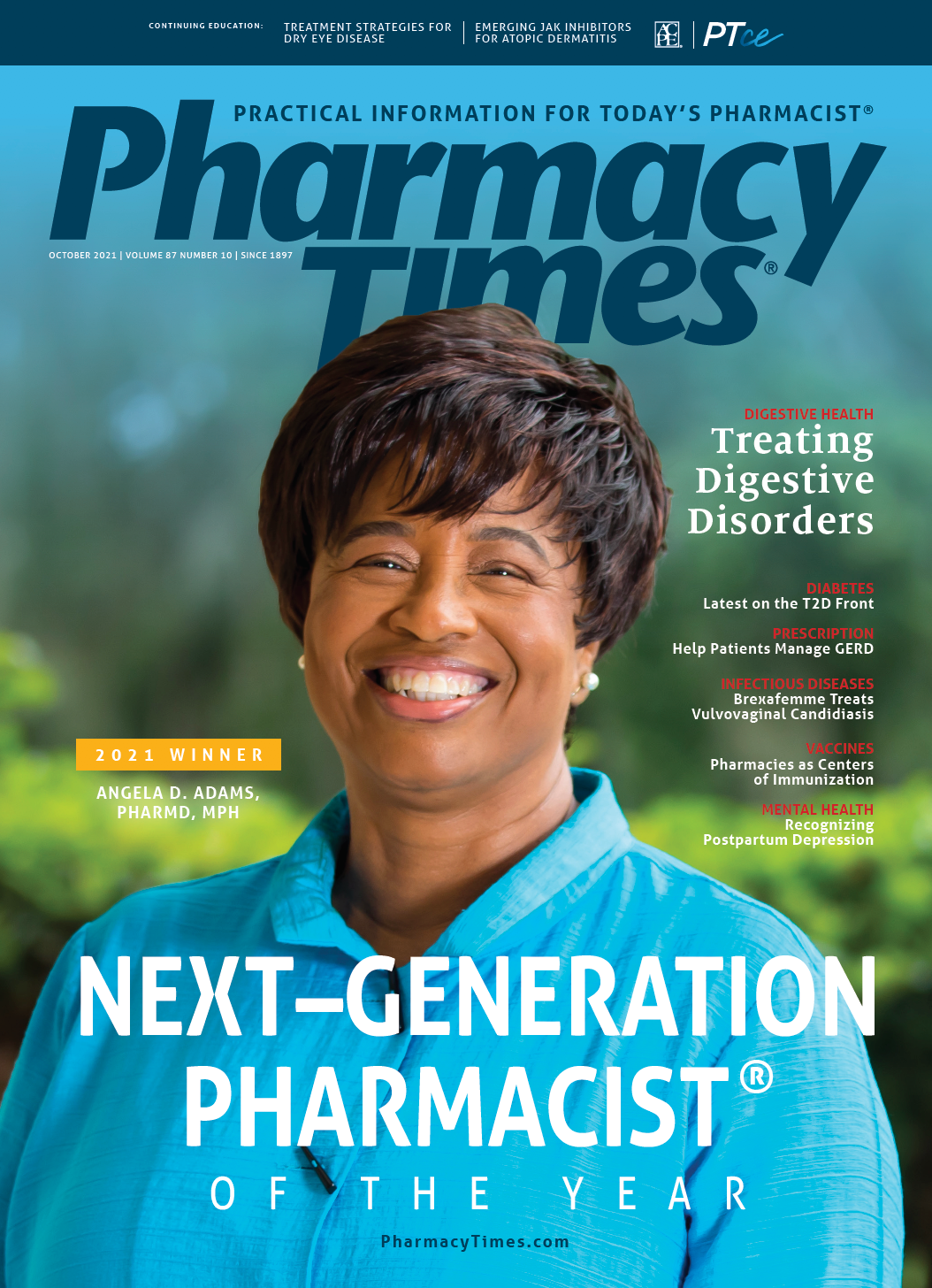Publication
Article
Pharmacy Times
Generics and Biosimilars Have Critical Differences
Author(s):
Dissimilarities include acceptance by third-party payers, applications, dispensation, prices, and use.
Generic drugs and biosimilars serve similar purposes: They are both unbranded versions of existing medications typically provided at a lower cost. However, there are some critical differences between the 2 categories that are worth examining and remembering.
Generic medicines are chemically derived drugs designed to be equivalent to an existing, authorized originator. Only the inactive ingredients of a generic are allowed to differ from the originator. Because the chemical entities at the core of these drugs are exact copies of the originators, their performance in patients is predictable, and these chemicals are relatively uncomplicated to synthesize.1
By contrast, biosimilars are developed to be similar to biological medicines that have already been approved and whose patent has expired. The active ingredient of the biosimilar and the originator are functionally the same, but there could be minor differences because of production methods and the complexity of the molecules involved.1
A biosimilar requires an extensive one-on-one comparison with the original biologic to ensure its efficacy, resemblance, and safety. The type of clinical data required for each biosimilar, as well as the amount of data, can vary considerably. Determining factors can include the following1:
- the active substance's complexity and ability to be characterized;
- the availability of an accepted surrogate end point for efficacy comparisons;
- the possibility of extrapolating efficacy and safety data to other indications of the reference product that have yet to be studied for the biosimilar; and
- the severity and variety of safety concerns encountered by the reference product.
Although prices of biosimilars and generics are lower than those of their branded counterparts, the differences tend to be larger for generic medications. Prices for generics can be 50% to 80% lower than their originators, thanks in part to the limited investment into clinical efficacy and safety required. By comparison, biosimilars are discounted only 20% to 35% compared with their originators, justified by the considerable investment required for the development process.1
The applications of biosimilars often differ strongly from the applications of generics as well. Most generics are prescribed by general practitioners in primary care settings, whereas most biosimilars are prescribed by specialists, often in hospital settings. Although generics are dispensed primarily through community pharmacies, biosimilars are most often issued in hospitals, which limits the influence of community pharmacists.1
Despite their robust approval process, biosimilars still face considerable hurdles in the competition for market share with their branded originators. Whereas generics tend to be supported by community pharmacists because of commercial incentives, third-party payers are often cautious about supporting the use of biosimilars. This could be related to uncertainty surrounding the concept of similarity or a fear of immunogenicity.1
There is also a regulatory designation unique both to biosimilars and to the United States: interchangeability. An interchangeable biosimilar is expected to produce the same clinical result as the reference product in any given patient, typically proven through the use of switching studies. In these studies, patients are switched between the biosimilar and reference product multiple times to determine whether there is any effect from doing so. This designation allows a pharmacist to substitute a biosimilar for the reference product without needing to consult the prescribing physician.2
Semglee (insulin glargine-yfgn) is a recently approved example of an interchangeable biosimilar, and it demonstrates just how much a biosimilar can resemble a generic, despite the aforementioned differences. Unlike most biosimilars, Semglee is intended to be used in place of a reference product most often distributed by a community pharmacist. Because of its interchangeable designation, a pharmacist would not have to discuss the substitution with the prescribing physician.3 The result is a process not significantly unlike the typical use case of a generic, making it all the more important to understand what the differences are between the 2 categories.
REFERENCES
1. van de Vooren K, Curto A, Garattini L. Biosimilar versus generic drugs: same but different? Appl Health Econ Health Policy. 2015;13(2):125-127. doi:10.1007/s40258-015-0154-9
2. Oskouei ST. Five key things pharmacists need to know as insulin biosimilars come to market. Pharmacy Times™. July 29, 2021. Accessed August 12, 2021. https://www.pharmacytimes.com/view/five-key-things-pharmacists-need-to-know-as-insulin-biosimilars-come-to-market
3. Kenney S. Biosimilar Semglee could spell massive changes for net cost of insulin. Pharmacy Times™. August 11, 2021. Accessed August 12, 2021. https://www.pharmacytimes.com/view/biosimilar-semglee-could-spell-massive-changes-for-net-cost-of-insulin






